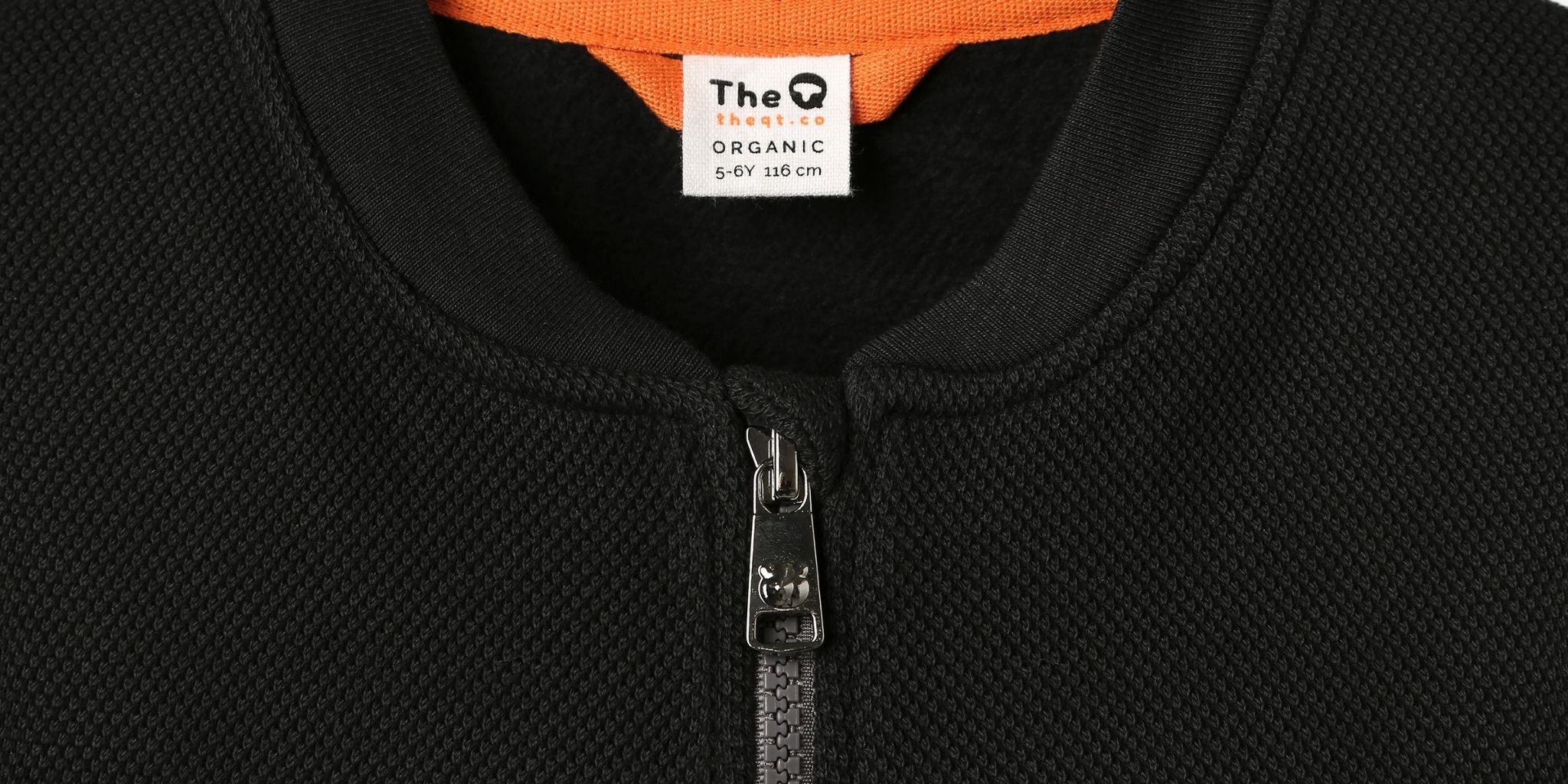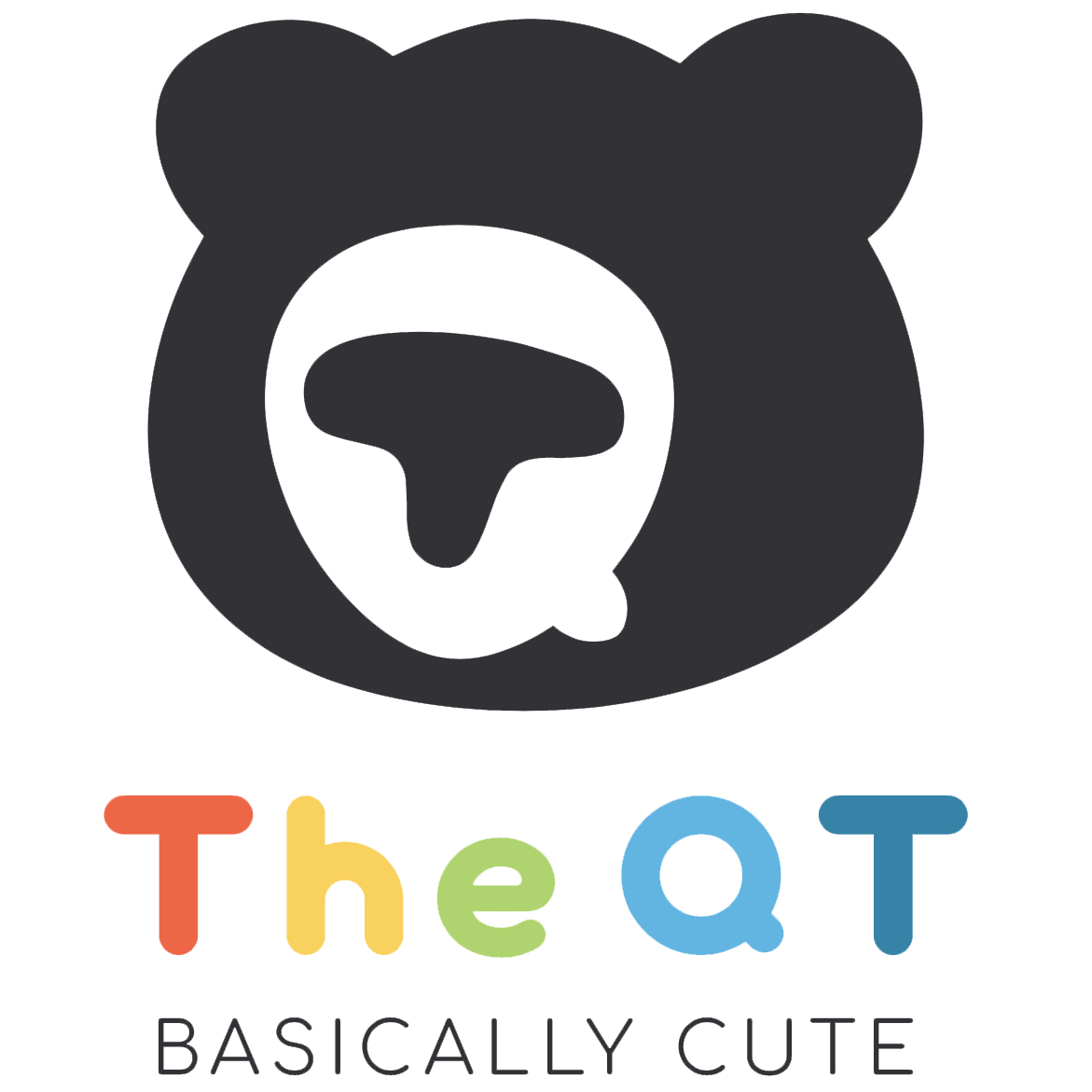Article: The Hidden Plastics in Clothing And Why The QT Chose a Different Path

The Hidden Plastics in Clothing And Why The QT Chose a Different Path
In a world where "organic" and "sustainable" are often used as marketing buzzwords, it’s easy to believe that choosing natural fabrics is enough. But here’s the truth: most garments (even the ones labelled 100% cotton) are hiding a dirty secret.
HIDDEN PLASTICS ARE EVERYWHERE
From the outside, a t-shirt might look natural, but the inside story is different. Many manufacturers use polyester sewing threads, plastic-based labels, synthetic trims, and polyester interfacings even in otherwise natural garments. These hidden components are almost invisible to the customer, yet they pose a very real threat to our environment.
Most people assume that choosing natural fabric means choosing plastic-free clothing, but the truth is, synthetic materials often hide in the finer details. Here's where plastics typically sneak in:
-
Sewing thread – Usually polyester unless specifically replaced with natural thread.
-
Labels – Often synthetic or coated in plastic for durability.
-
Buttons – Frequently made from plastic or plastic-coated materials.
-
Elastic waistbands – Nearly always contain polyester and elastane.
-
Interfacing – The stiffening fabric in collars and cuffs is usually polyester-based.
-
Zippers – Most zippers use plastic coils and polyester tape, even if the teeth are metal.
-
Embellishments – Embroidery, sequins, glitter, and printed graphics are often plastic-derived.
-
Even 'natural' garments may still contain these elements unless the brand goes the extra mile to eliminate them.
At The QT, we’ve examined every detail to ensure we’re creating garments that are as natural, recyclable, and biodegradable as possible.
MICROPLASTICS: A MASSIVE, INVISIBLE PROBLEM
When synthetic materials are washed, they shed microplastics — tiny plastic fibres that are now found in oceans, rivers, soil, animals, and even in our bodies. It’s estimated that 35% of all microplastic pollution in the ocean comes from textiles. Each load of laundry can release hundreds of thousands of microfibres, which are too small to be filtered out by water treatment systems.
These fibres don’t just disappear. They accumulate in the environment, harming marine life and entering the food chain. They’ve been found in everything from sea salt to drinking water to human placentas.
WHY PLASTIC-FREE CLOTHING IS SO RARE
At The QT, we’re often asked: Why aren’t more brands doing what you do?
The answer is simple and frustrating: plastic-free production is hard.
When we insisted on using 100% cotton sewing threads, our manufacturer warned us:
-
They’re 12x more expensive than polyester.
-
They’re harder to source and must be made to order.
-
They’re less durable for machines, may tear more easily and cause production delays.
In fact, we had to make a significant investment to access natural threads at all — because nobody else was asking for them.
We understand why. Natural threads aren’t mainstream. Suppliers push back. Margins shrink. But we believe that choosing the right thing should matter more than choosing the easy thing.
FASHION'S ROLE IN OCEAN POLLUTION
The fashion industry is one of the largest sources of microplastic pollution in the oceans. Every time synthetic garments are produced, worn, and washed, they contribute to the growing crisis of plastic in marine ecosystems. Coral reefs are smothered. Plankton ingest fibres. Fish, whales, and seabirds are found with plastic-filled stomachs.
It’s not just an ocean problem. Microplastics have been found in soil, tap water, breast milk, and even the air we breathe.
THE QT’S COMMITMENT TO TRANSPARENCY & TRUE SUSTAINABILITY
At The QT, we’ve built our entire brand around the idea of cutting through greenwashing and doing the hard things that others won’t:
-
No hidden plastics in our clothing: from threads to tags to buttons
-
GOTS-certified organic cotton that's gentle on sensitive skin and kind to the Earth
-
Designed for circularity so our clothes can be reused, rehomed, and returned to the Earth without harm.
We aren’t perfect but we’re proud to go further than most.
WHAT CAN YOU DO?
If you’re a parent, a conscious consumer, or just someone who cares about the planet, here’s what you can do:
-
Look beyond the fabric: ask brands what their threads, prints, tags, and trims are made of.
-
Choose natural fibres wherever possible and wash them on cold, short cycles with microfibre-catching laundry bags.
-
Support brands that do the hard work to make plastic-free possible.
THE QT: WHERE CUTENESS MEETS CONSCIENCE
Our goal has always been to spread joy without harm. And that means taking a stand against the hidden plastics that pollute and poison our oceans, our land, and our lives. When you choose The QT, you’re not just buying clothes. You’re investing in a future that’s softer, safer, and more sustainable for every kind.
Because cuteness shouldn’t cost the Earth.
Want to learn more about sustainable fashion, circular design, and plastic-free kidswear? Check out our other posts:

